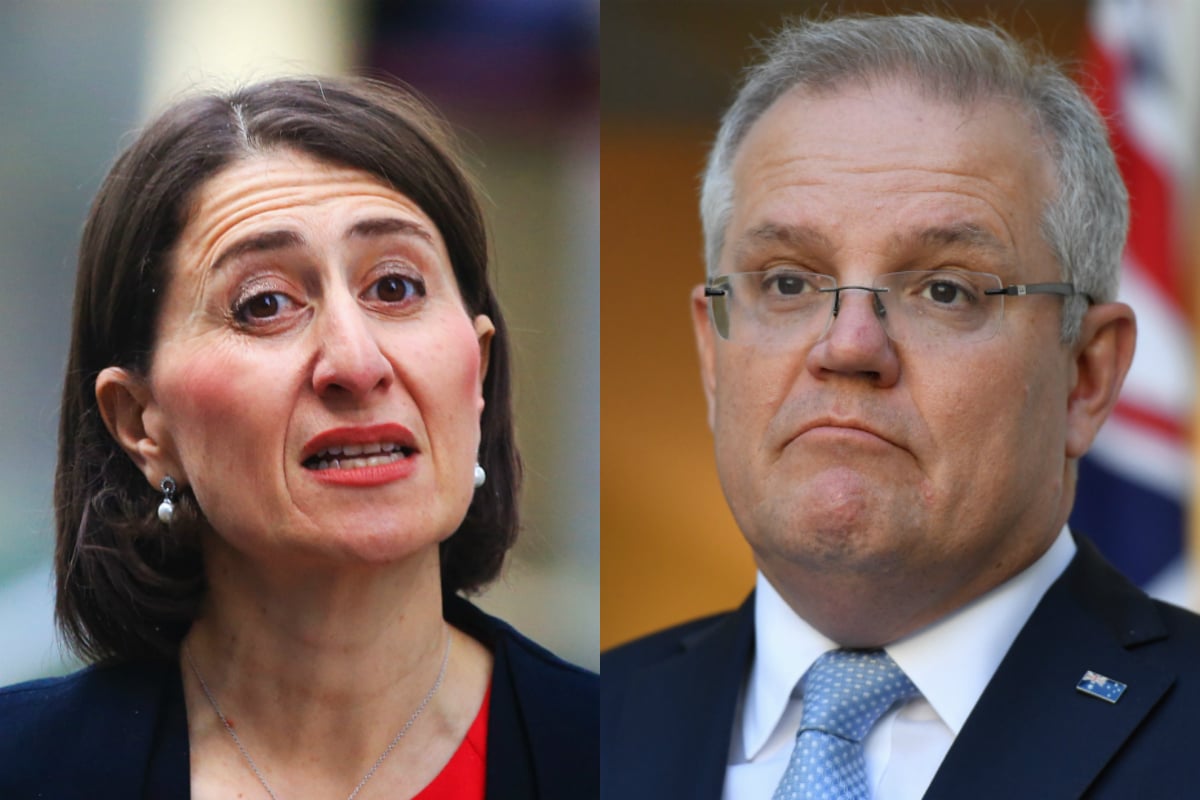
I’m not a psychologist. I’m a media and PR professional and I’m approaching this from a PR perspective. So I thought I’d try and explain why we are seeing so much panic across society amid COVID-19. (For the most up-to-date coronavirus information, go to our COVID-19 coverage hub here.)
In any crisis, whether it’s a major public health crisis like this or a crisis inside a single entity like a business, good, effective communication coupled with action is essential in preventing panic and ensuring you maintain control of the situation.
So far, the Government has failed in every part of this due to a number of issues.
WATCH: All your COVID-19 questions, answered. Post continues after video.
1. Too many spokespeople.
Every day, we have a press conference from Prime Minister Scott Morrison, Health Minister Greg Hunt, Treasurer Josh Frydenberg, the Chief Medical Officer (CMO), our state premiers, state health ministers etc. It means people are being given too much information at once and they’re not sure who is actually in control.
During the bushfires, the RFS Commissioner was the person in charge, premiers occasionally provided updates but it was Shane Fitzsimmons, Commissioner of the New South Wales Rural Fire Service, who led the spokesperson role. Throw in the flood of information we can all access from overseas and no one is sure who to trust. You can even look to NZ where Jacinda Ardern is leading their spokesperson role through her post-cabinet updates.

Top Comments
"The government has made a step in terms of closing non-essential businesses, but the press conference they announced it at was less than authoritative, nor was it convincing anyone they were actually in control. "
This is a new, unique, unprecedented and constantly changing situation - for goodness sake, how many Governments worldwide have found the solution and have it "under control"?
You are asking for a definitive solution, when no-one on earth knows what that solution is
Omg I LOVE this article. It’s exactly how it is. 🙌